The energy transition is under way and growing rapidly. By some metrics, it's performing well beyond our expectations. Wind and solar energy have become the cheapest sources of electricity for most countries, renewable energy is responsible for almost all of the worldwide increase in electrical capacity, and electric vehicle adoption continues to increase. As technology improves, these trends are likely to continue especially when it is combined with the impacts of recent public policy such as the US Inflation Reduction Act, the European REPowerEU plan, and China’s 14th 5-Year-Plan for Renewable Energy.
In the past 10 years, we’ve seen a giant shift in capacity being built. Back in 2013, about 60% of utility-scale electricity capacity additions in the United States were from fossil fuel sources (Source: US Energy Information Administration). But in 2022, about 70% of new capacity was from carbon-free sources, like renewable and nuclear energy. In the next couple years, it is expected that over 90% of extra global demand for electricity is expected to be covered by renewables or nuclear energy (Source: International Energy Agency).
Renewable energy costs have dropped and are expected to continue declining. This is due to a “learning curve.” The learning curve theory is that tasks will require less time and resources the more they are performed because of proficiencies gained as the process is learned. For every cumulative doubling of the deployed tech, its cost declines by a quantifiable percentage that varies by technology. The four technologies which are on learning curves are solar PV, wind, battery storage, and electrolyzers. A study has found that their costs have dropped for every doubling in deployment between 16% and 34%, and when technologies get onto learning curves, they tend to stay on them for very long periods (Source: University of Oxford). Over the past 40 years, the average learning rate has been 20% for solar and 13% for wind (Source: Empirically grounded technology forecasts and the energy transition, 2022).
Unlike renewable energy, fossil fuels have not demonstrated steady cost reductions over time. For more than a century, fossil fuel prices have fluctuated wildly without trending consistently downward. And they are not getting cheaper because they are not really technologies, they are finite resources. Some studies estimate that we have around 50 more years of oil reserves left at the current rate of consumption (Source: MET).

Batteries and renewable energy are tied closely, battery storage can balance the intermittent characteristics of renewables, providing the grid with flexible, clean and reliable generation. They can store excess clean power which can be used during periods of high demand. This can help grid operators manage supply and demand in real time, preventing shortages and allowing us to be better prepared for emergencies. According to the EIA, the U.S. battery storage capacity is expected to nearly double in 2024. With the increase in capacity we also see a decrease in cost, the price of lithium-ion batteries has declined by a massive 97% since 1991 (Source: Our World in Data).
With the consistent and steep declines in cost, renewable energy has become increasingly attractive for investments. And it now surpasses fossil fuels for new investment with 62% of global energy investment now expected to flow to clean energy technologies this year. Totaling to $1.7 trillion for clean energy compared to the just over $1 trillion expected for fossil fuels (Source: International Energy Agency).
As the market for renewables equipment increases the global economy will try to find the most efficient ways for production. Countries will now compete on quantity, price, and quality of these hardware materials. Specially in the US, recent policy changes give American manufacturers a fighting chance to compete in these international markets. But strong international cooperation is needed to take full advantage of the improving economics of clean energy. Trade disputes can lead to higher prices, restrict access to crucial export markets, and impede innovations that depend on the flow of technologies and ideas across borders.
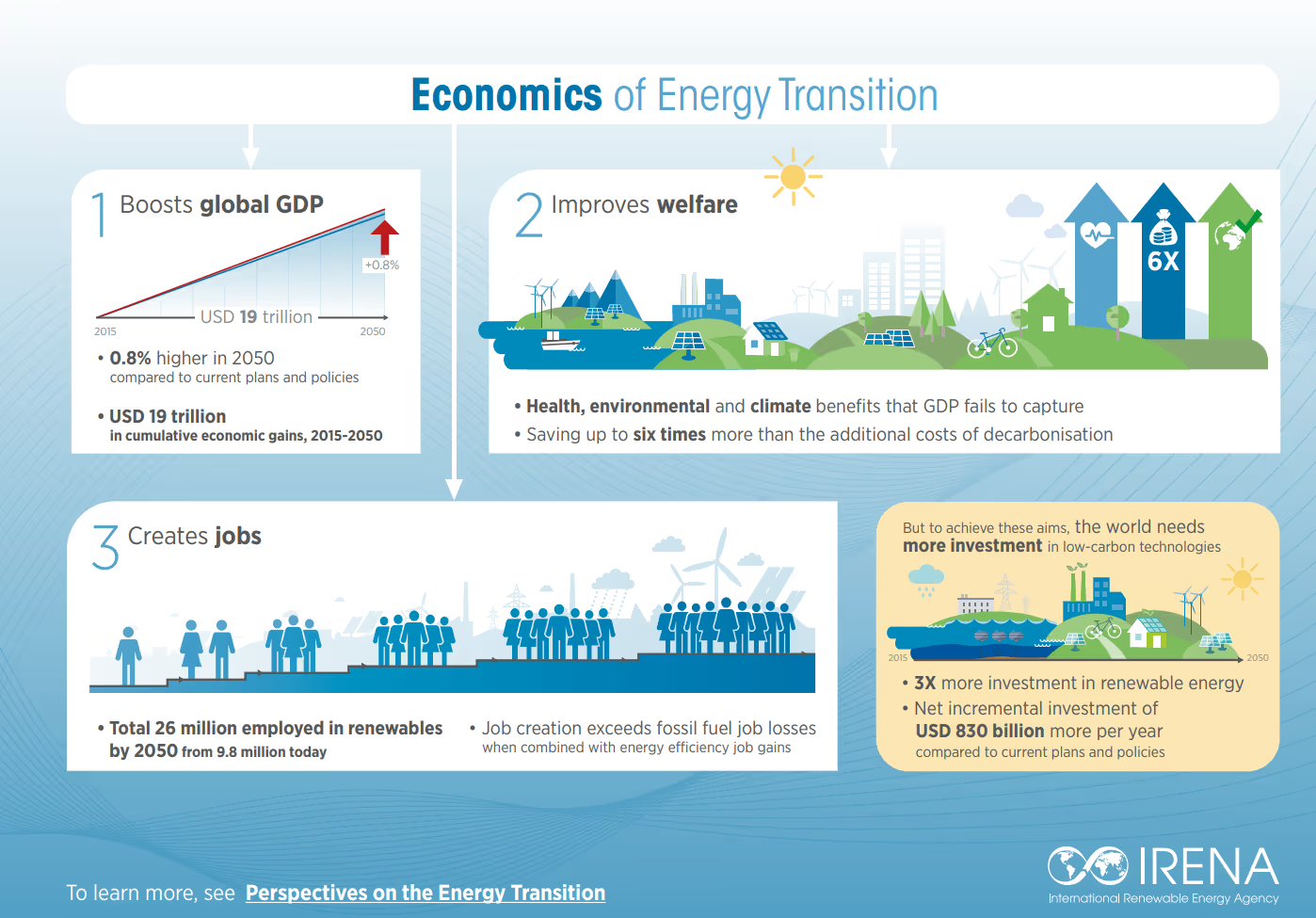
If we continue this positive trajectory, we can take advantage of all that renewable energy can provide for our economy, like increasing our GDP, improving citizen welfare by reducing environmental destruction, and creating more jobs for those who need it most.
The transition to renewables also makes the reliability of our grids closely tied to the weather. And with the increase in extreme weather events and weather variability, it is getting harder for the industry to accurately forecast energy needs. And when demand forecasts are off, like in the example of Winter Storm Uri (2021), it can cost big – to the tune of $300 billion dollars. That is why you need access to the most accurate forecasts on the market, contact us today to learn more about our forecasting solutions.



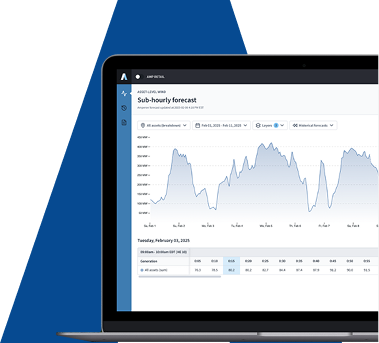
.svg)



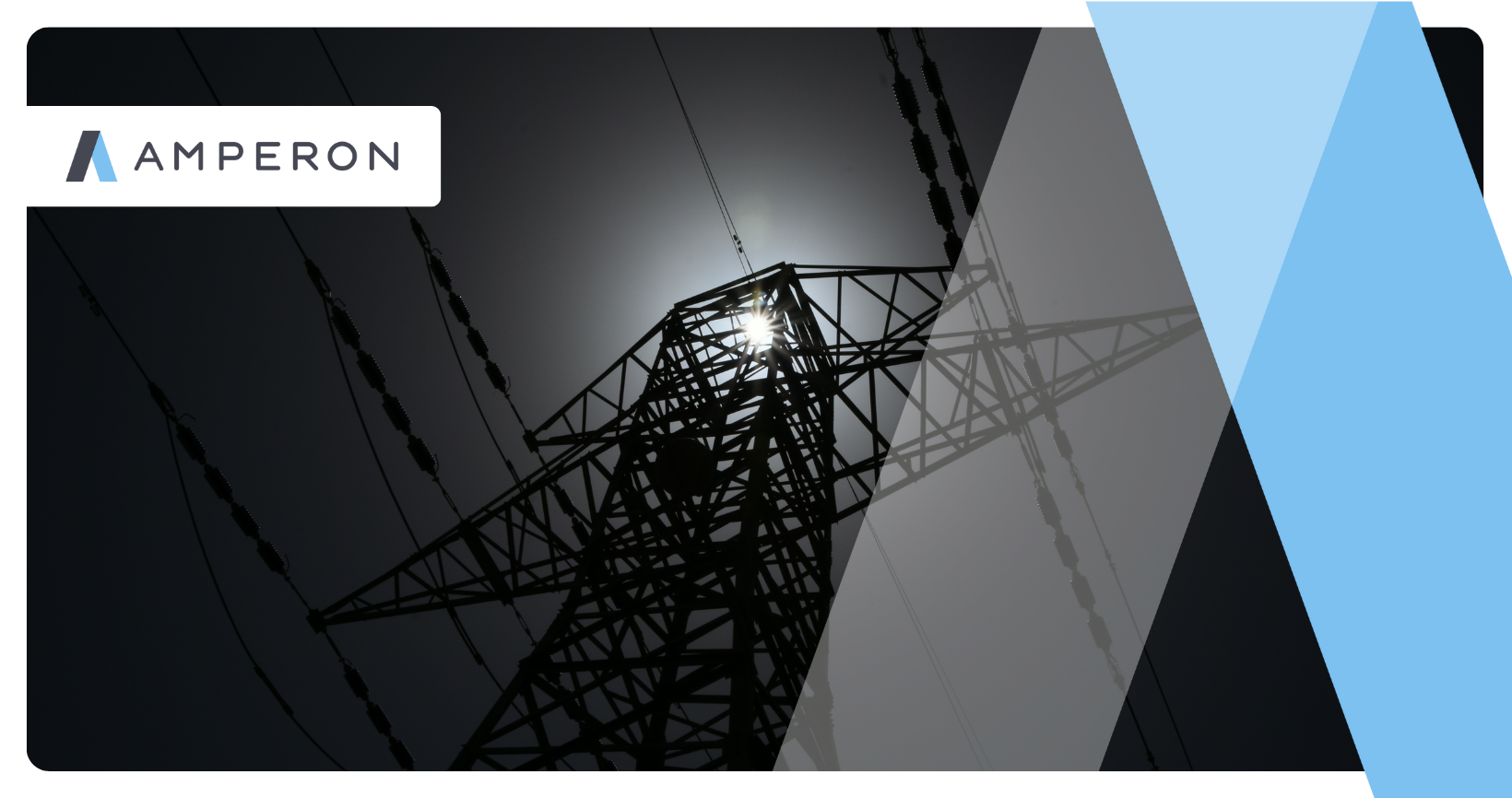

%20(3).png)
%20(2).png)
%20(1).png)

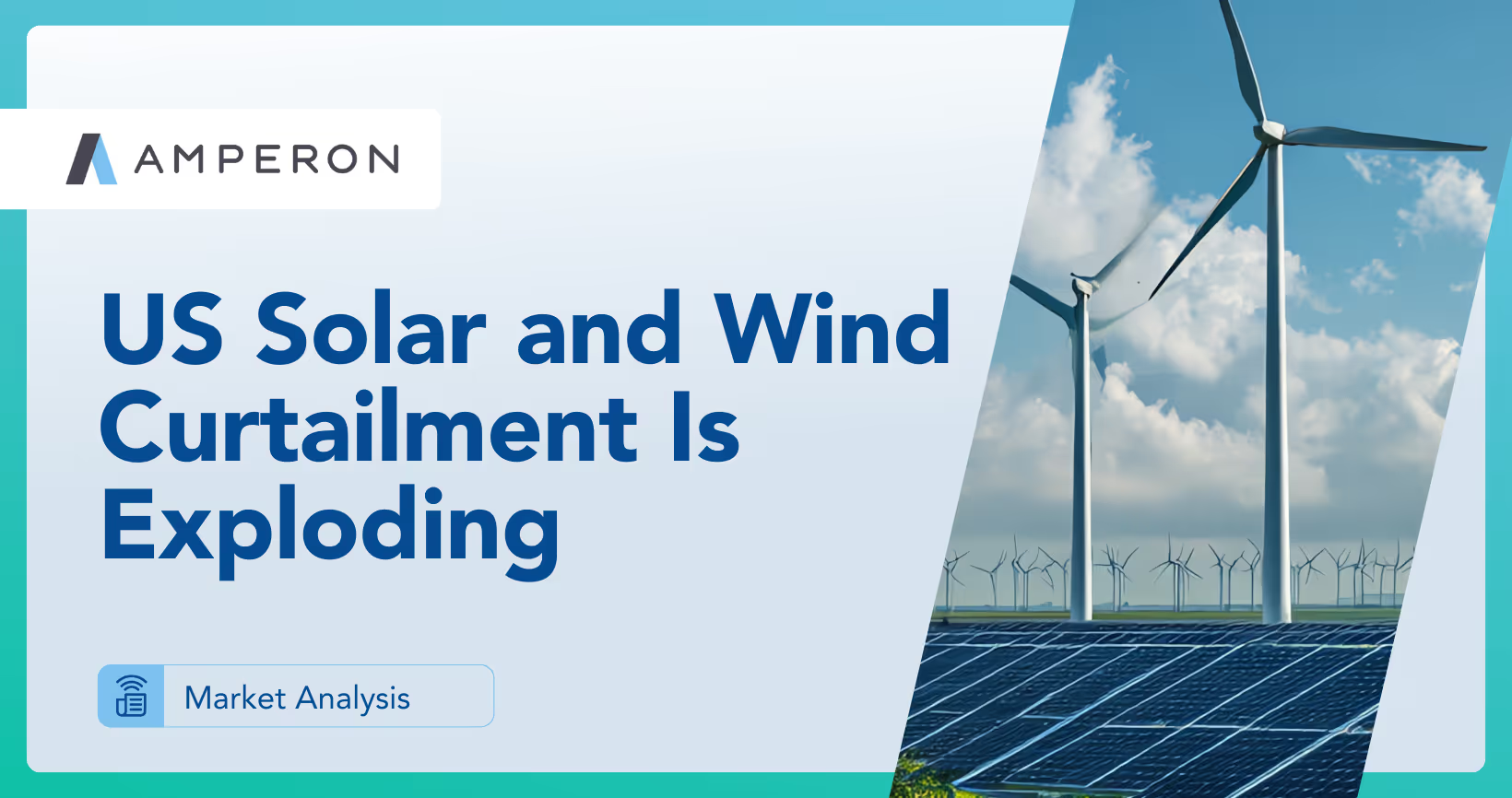




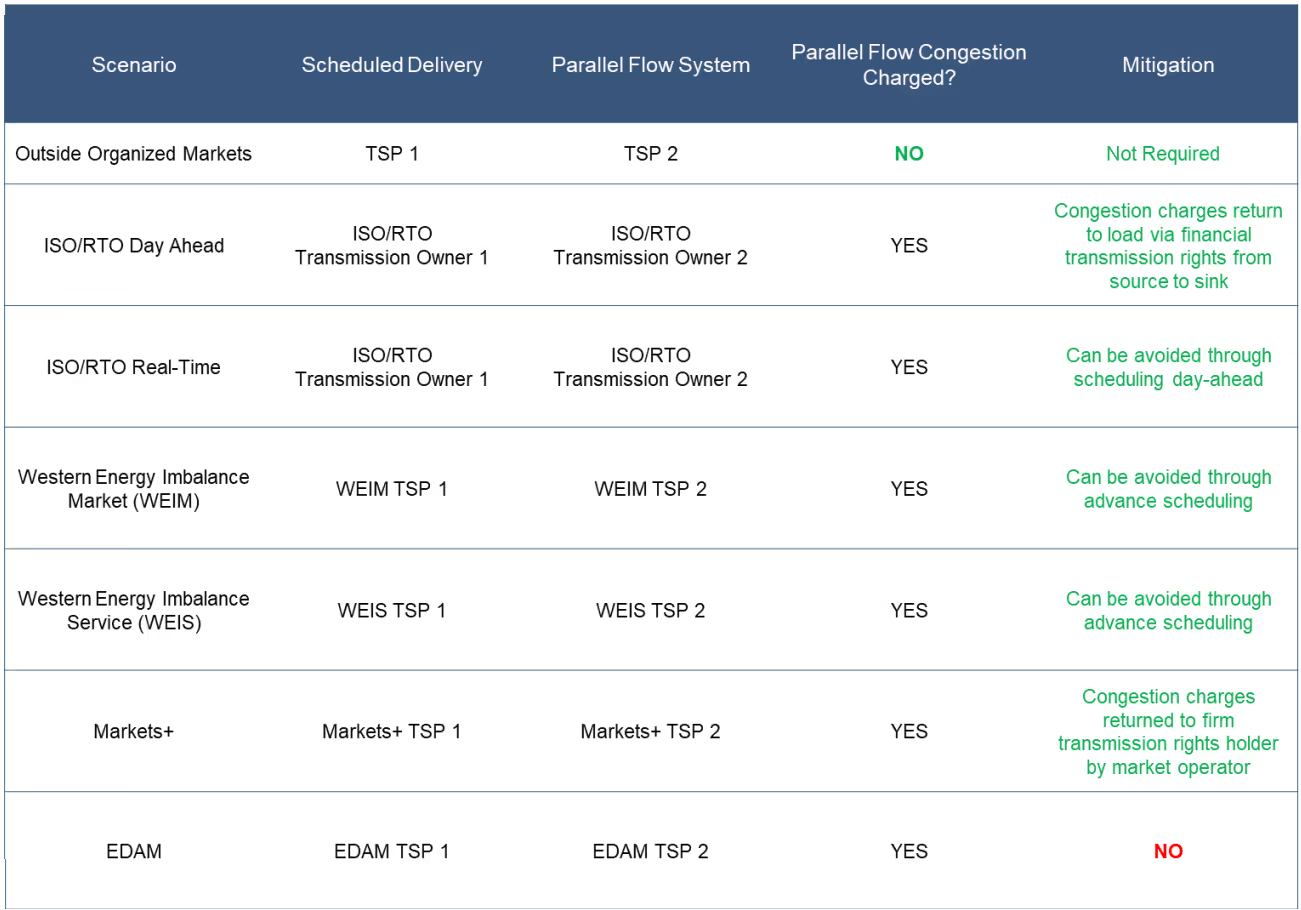
.png)

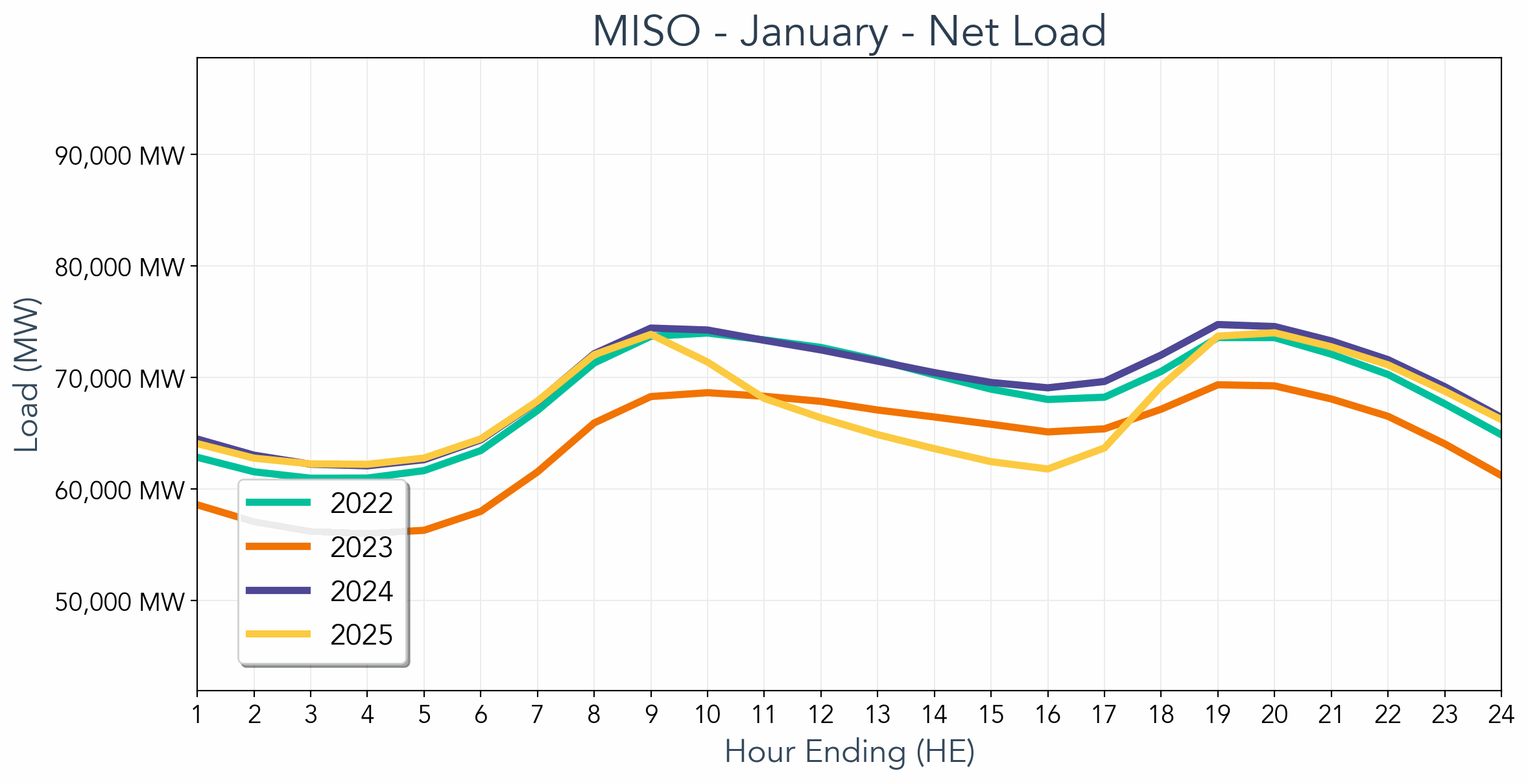

.avif)



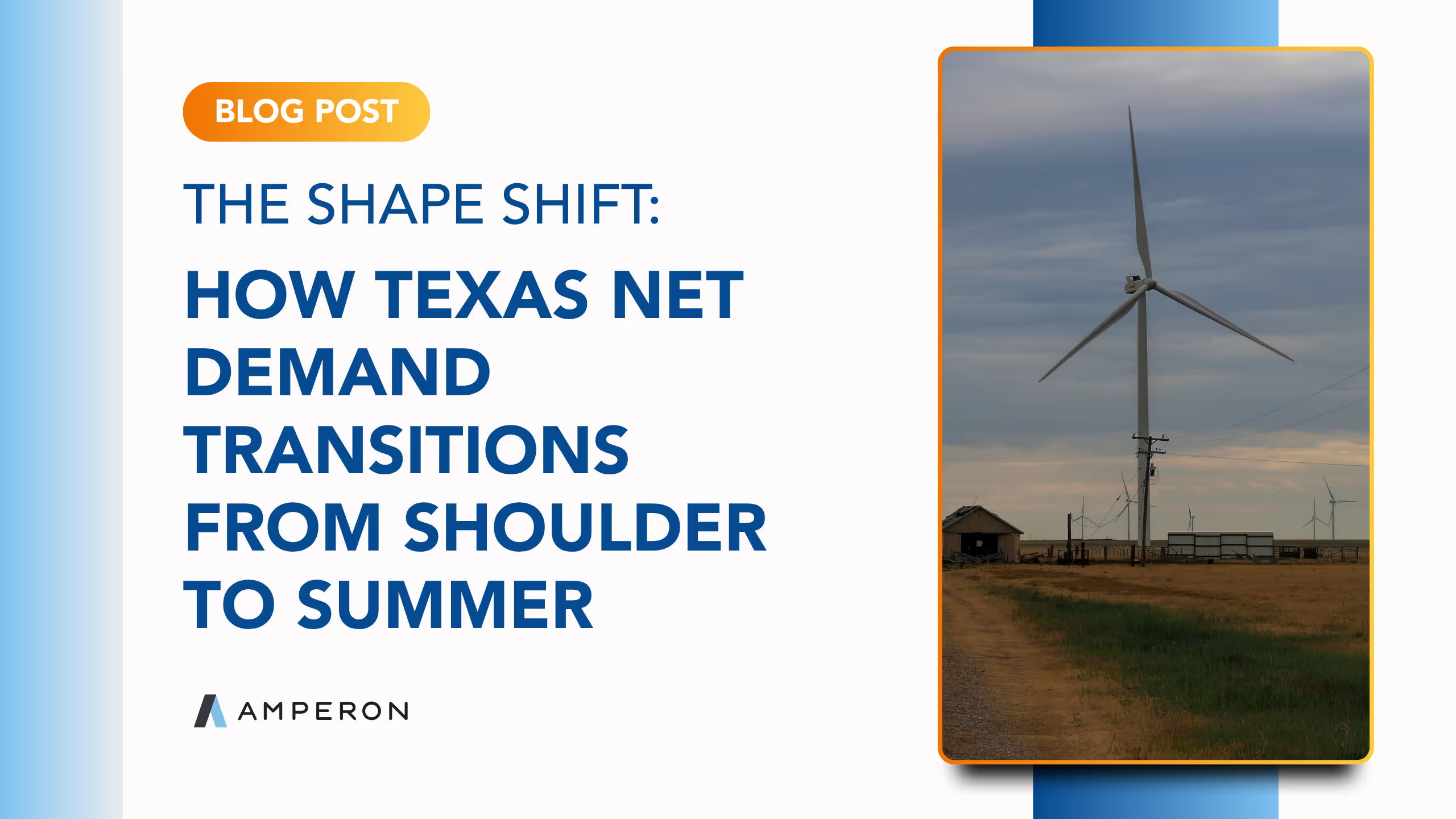
.avif)
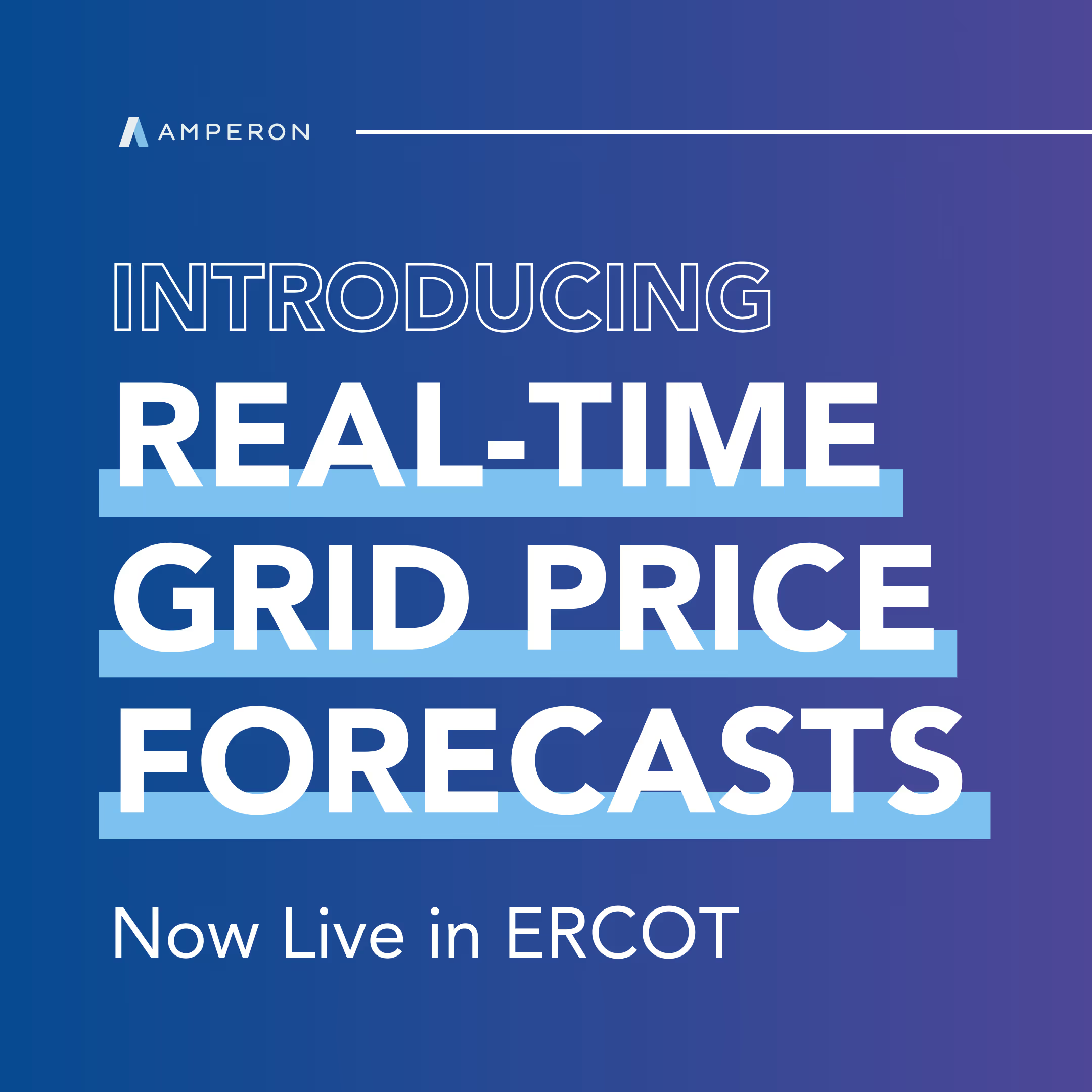
.avif)
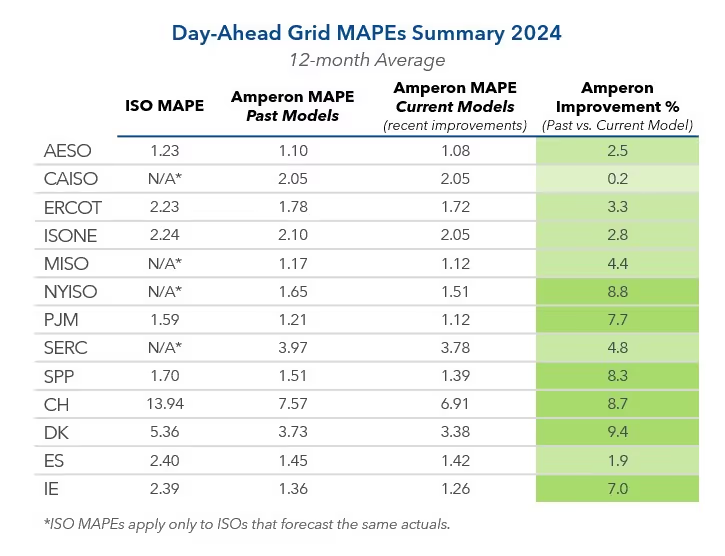

.avif)


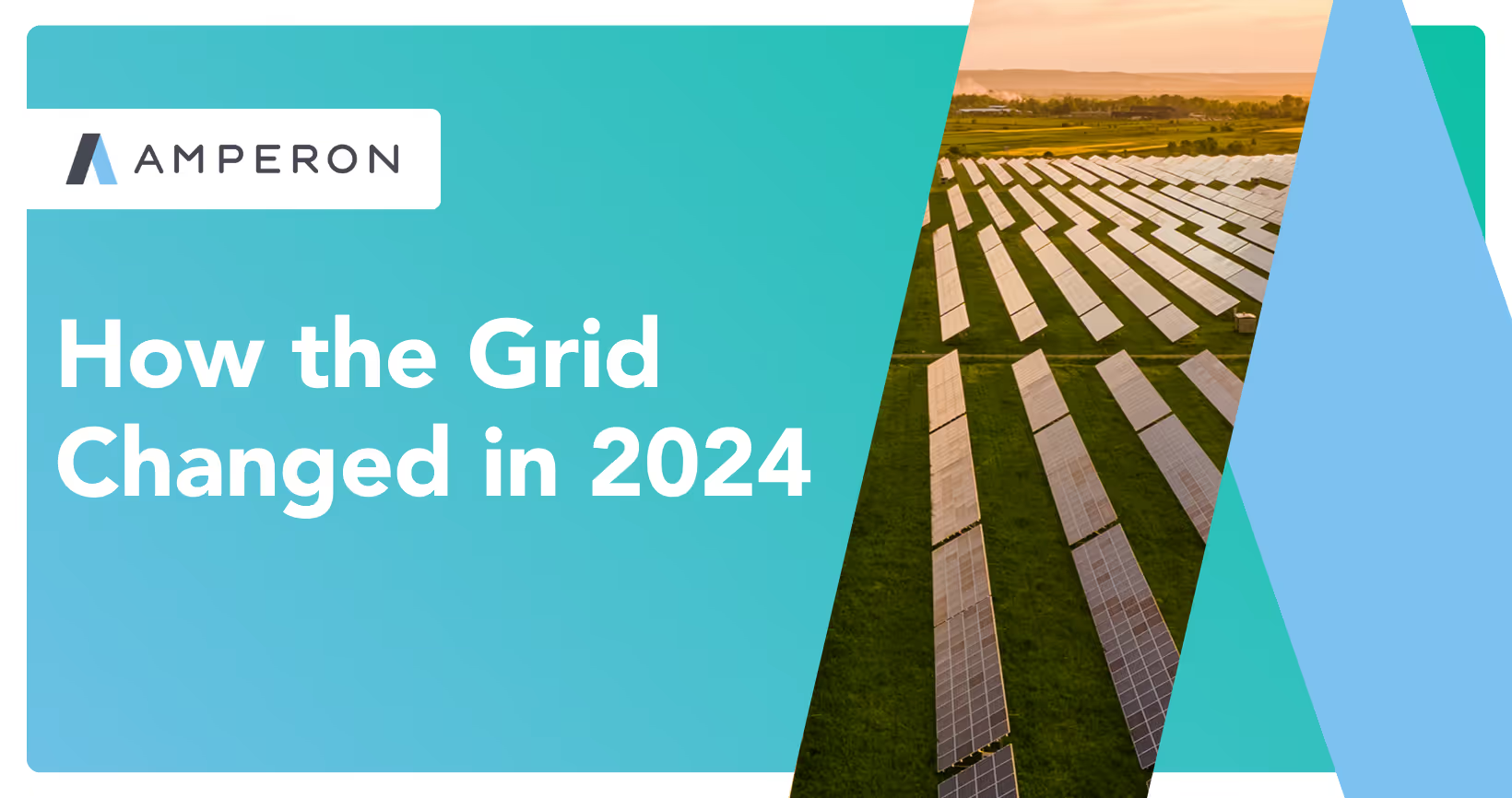
.avif)
%20(15).avif)

.avif)
%20(10).avif)

.avif)


.avif)

.avif)



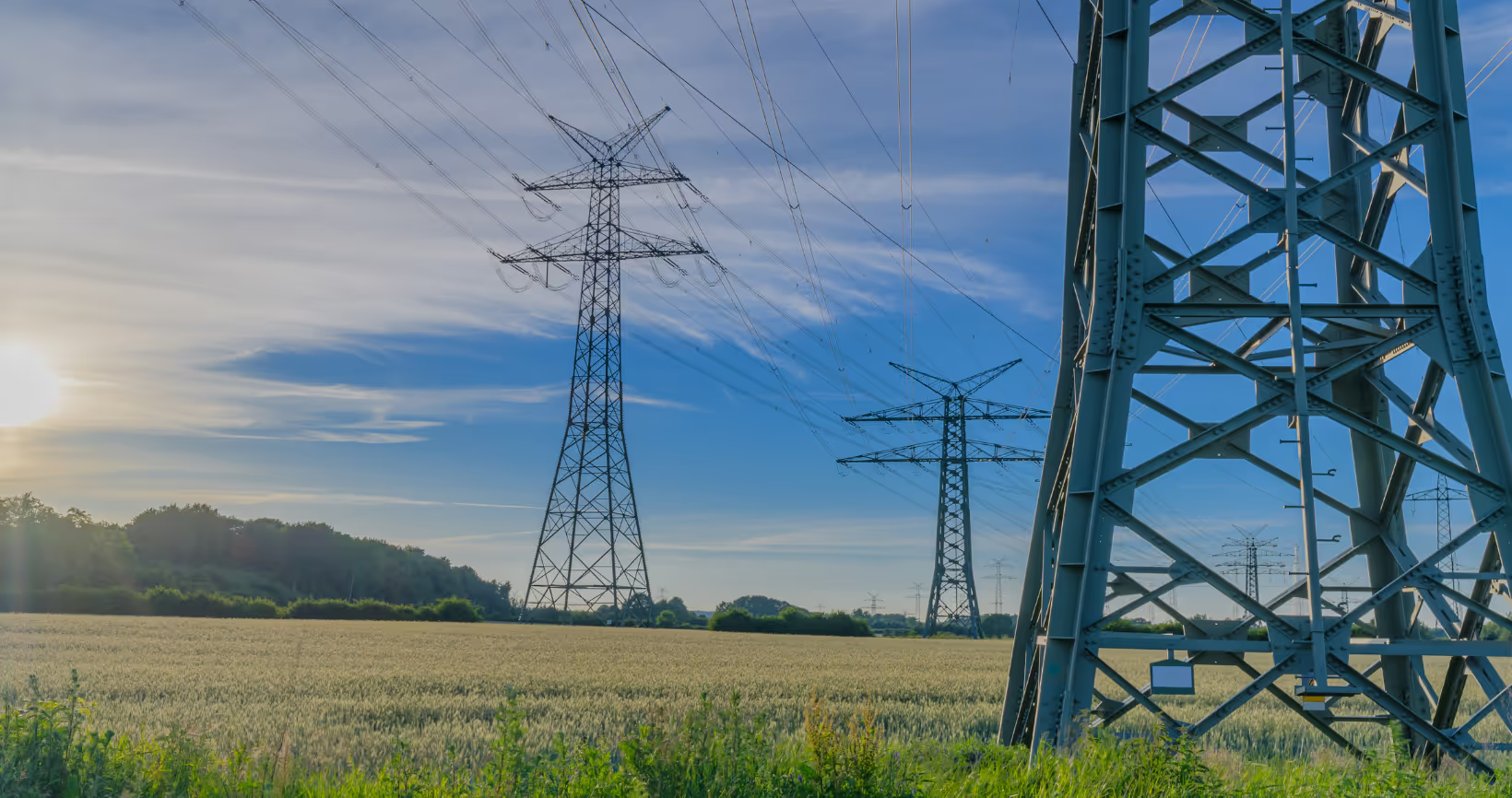


.avif)



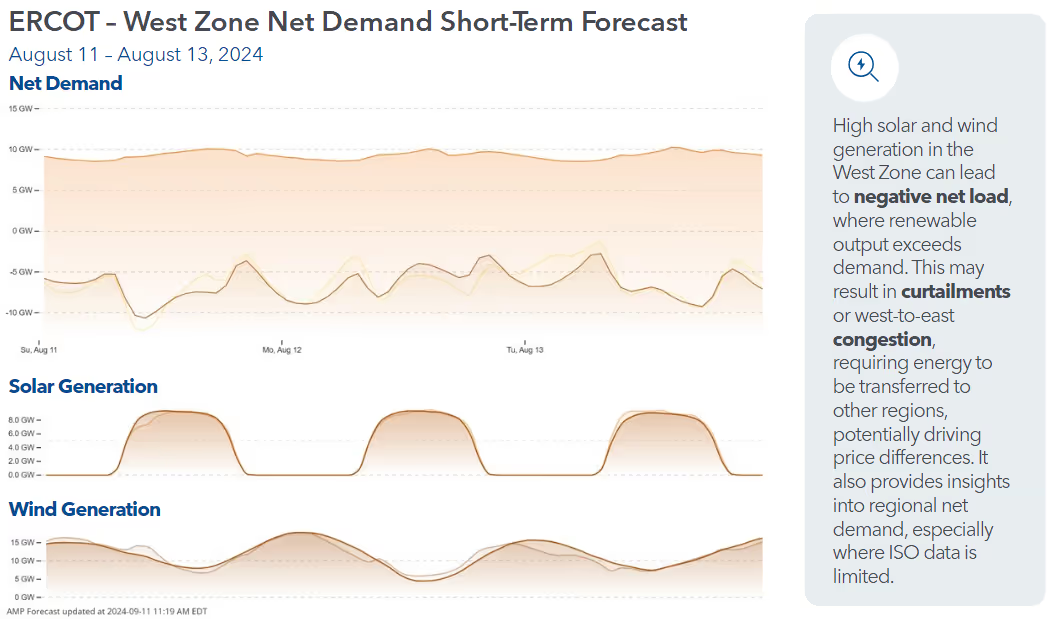
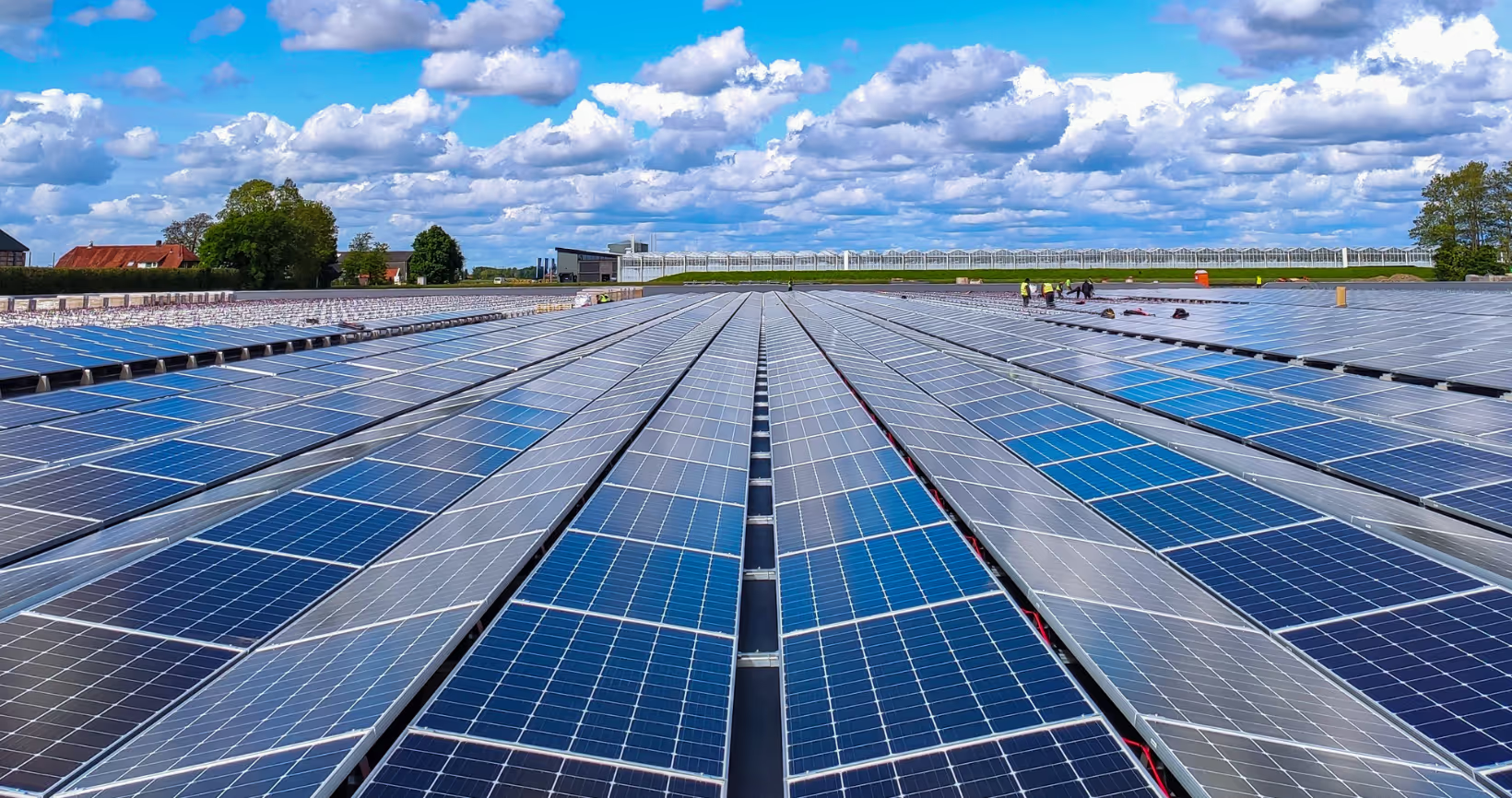




.avif)

.avif)

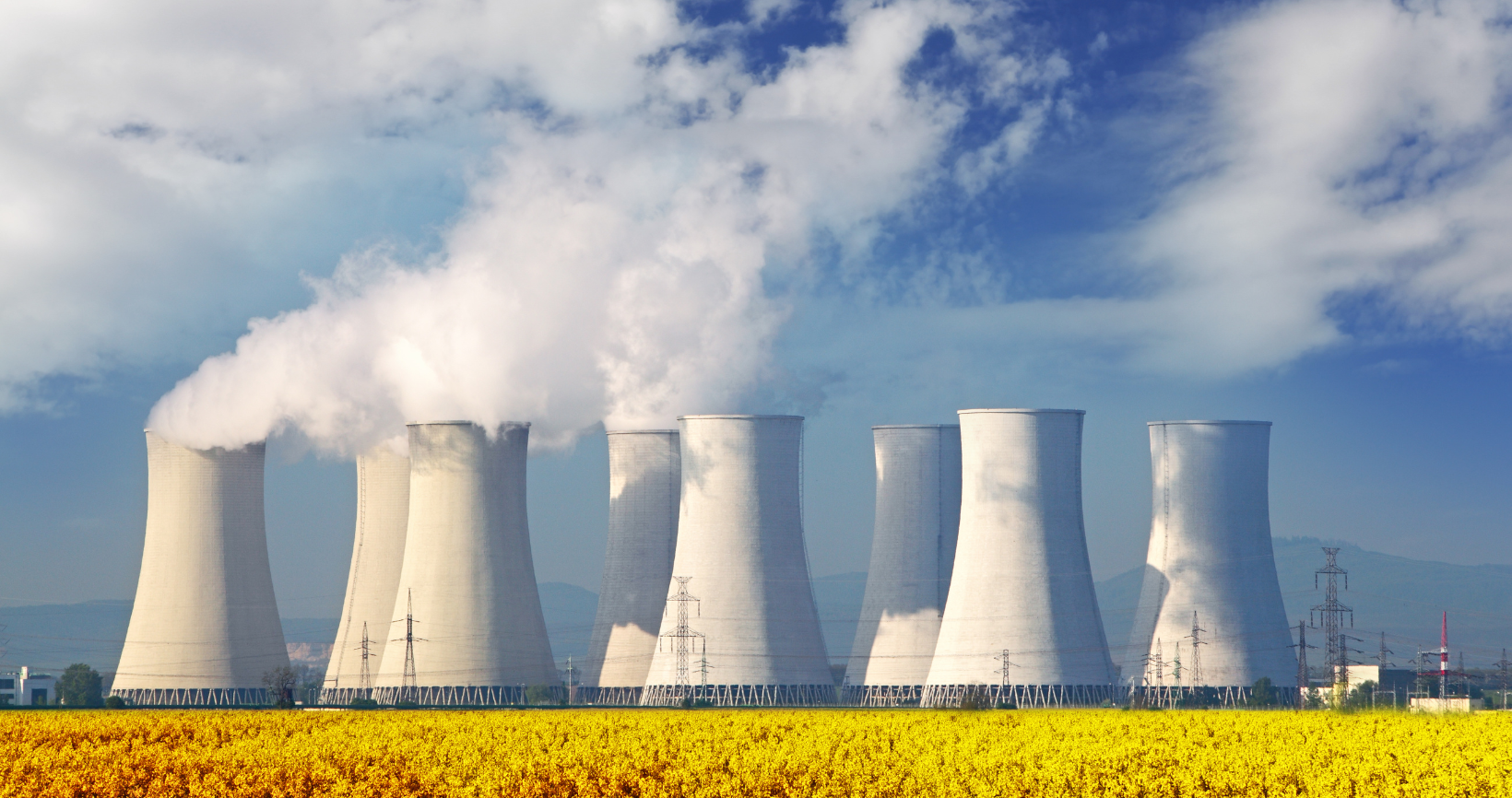


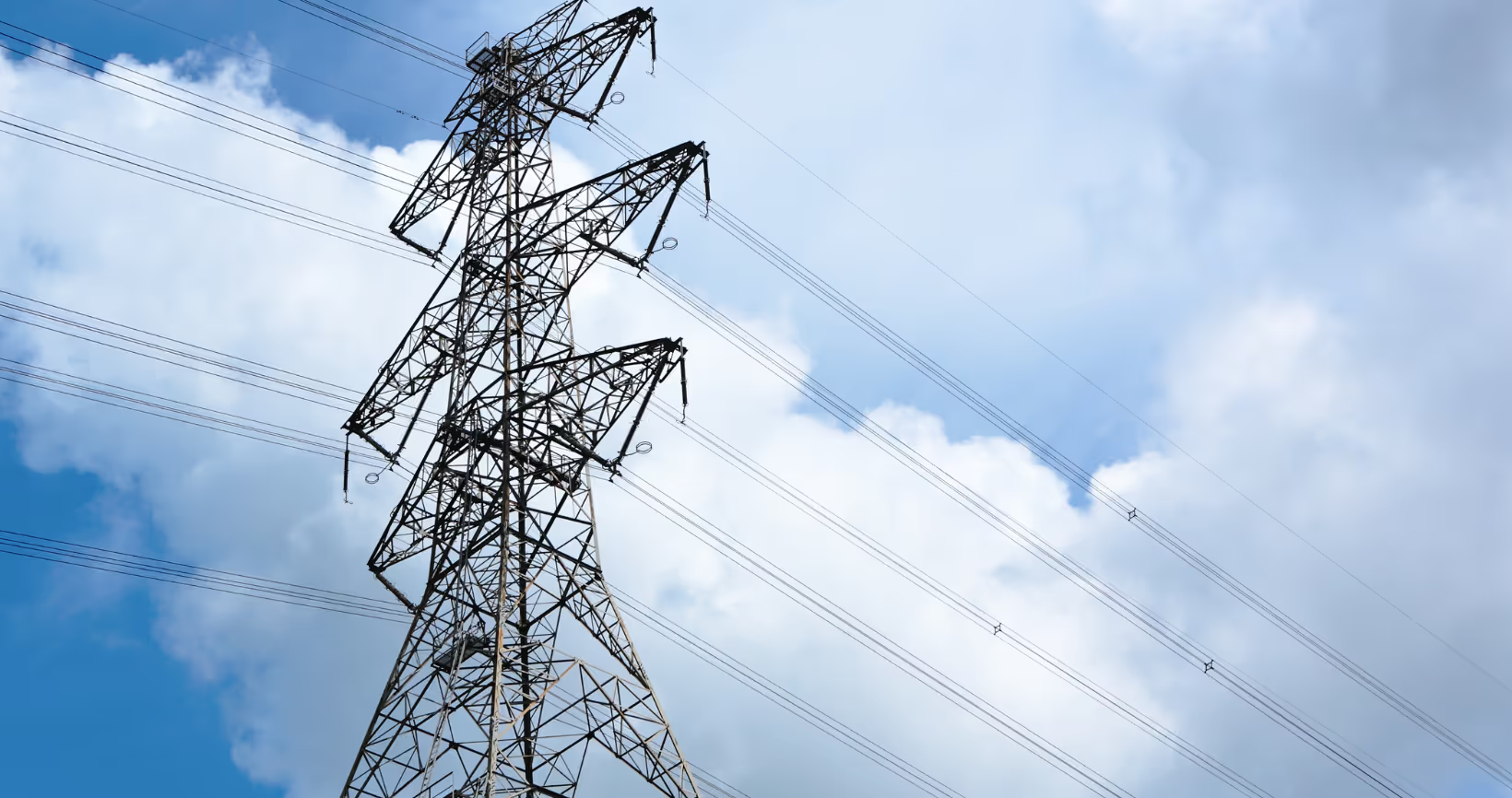
.avif)


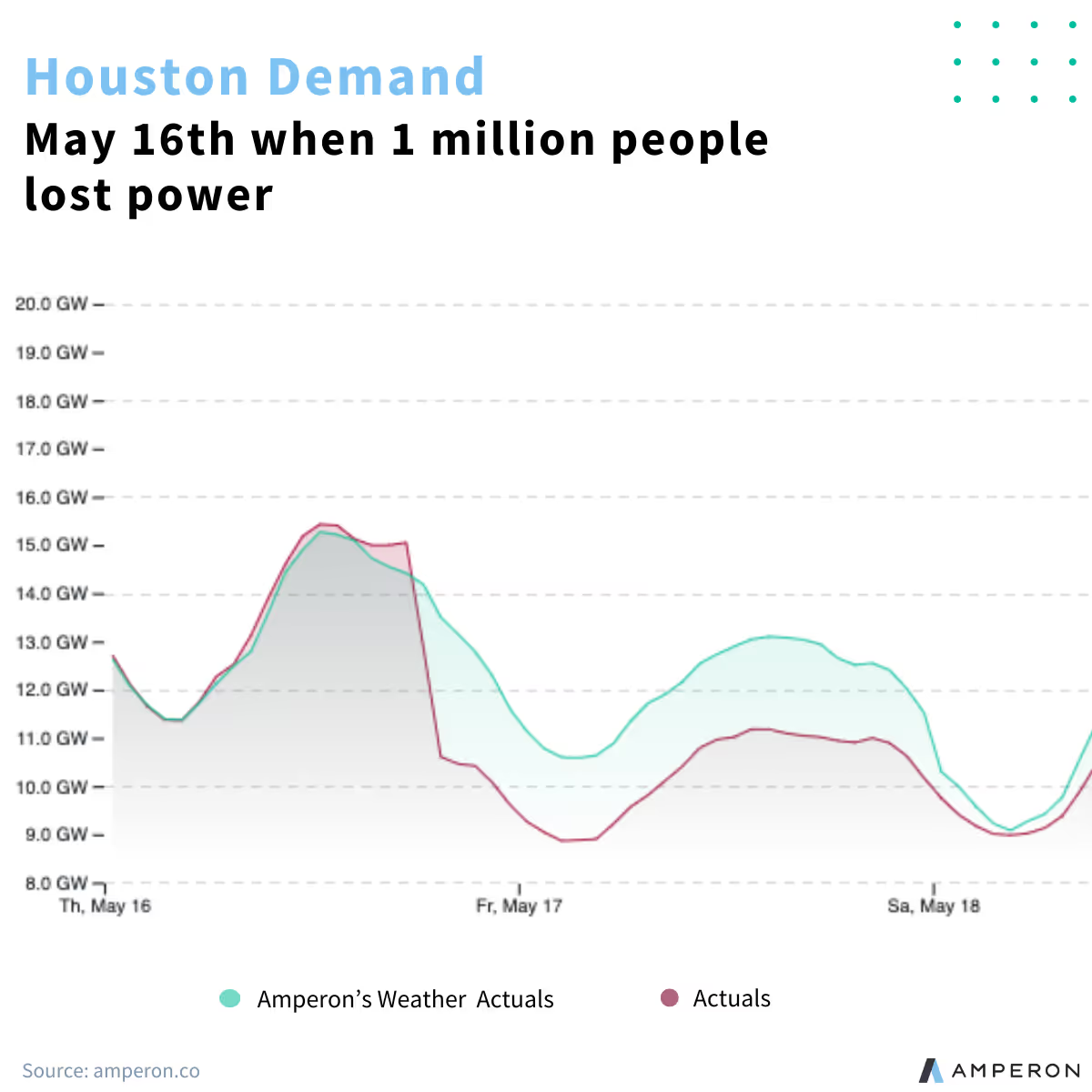
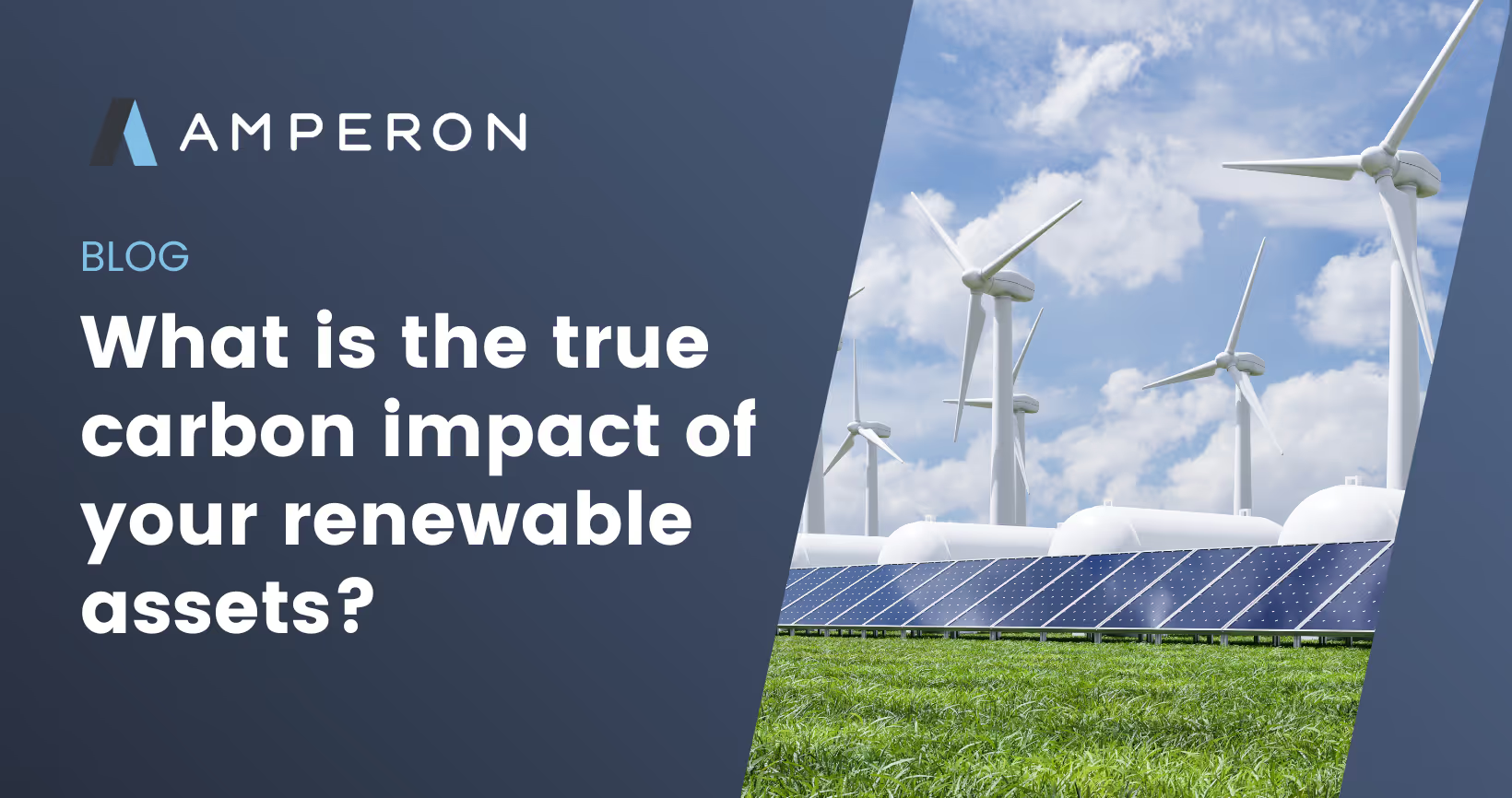

.avif)
.avif)



.avif)

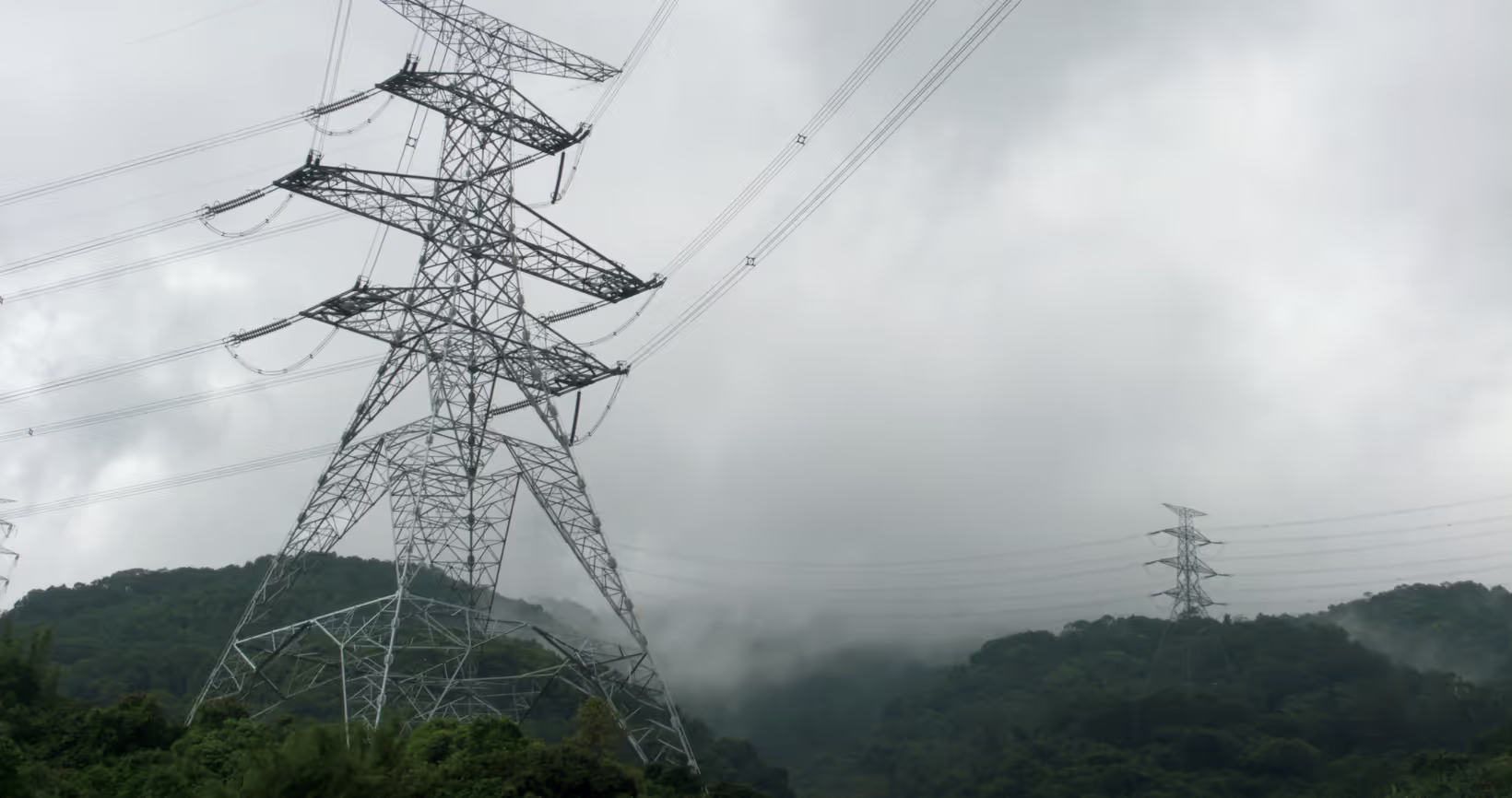


.avif)



.avif)



